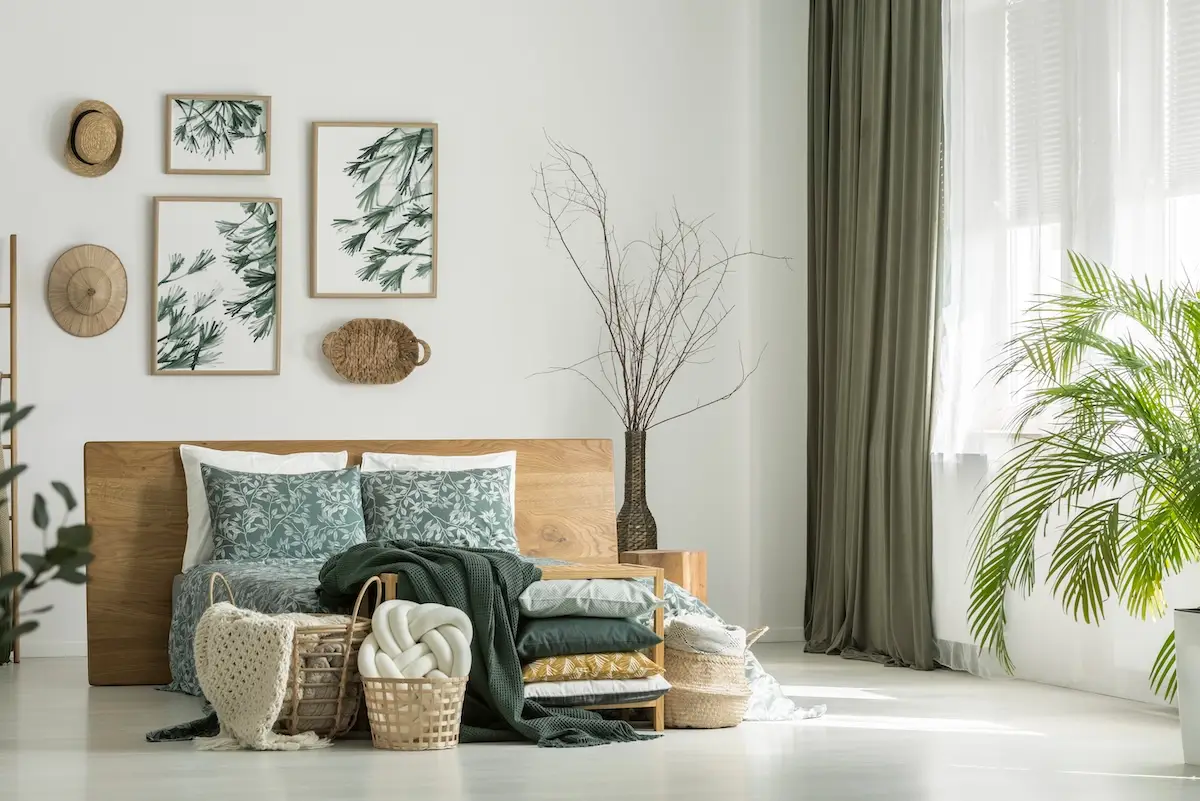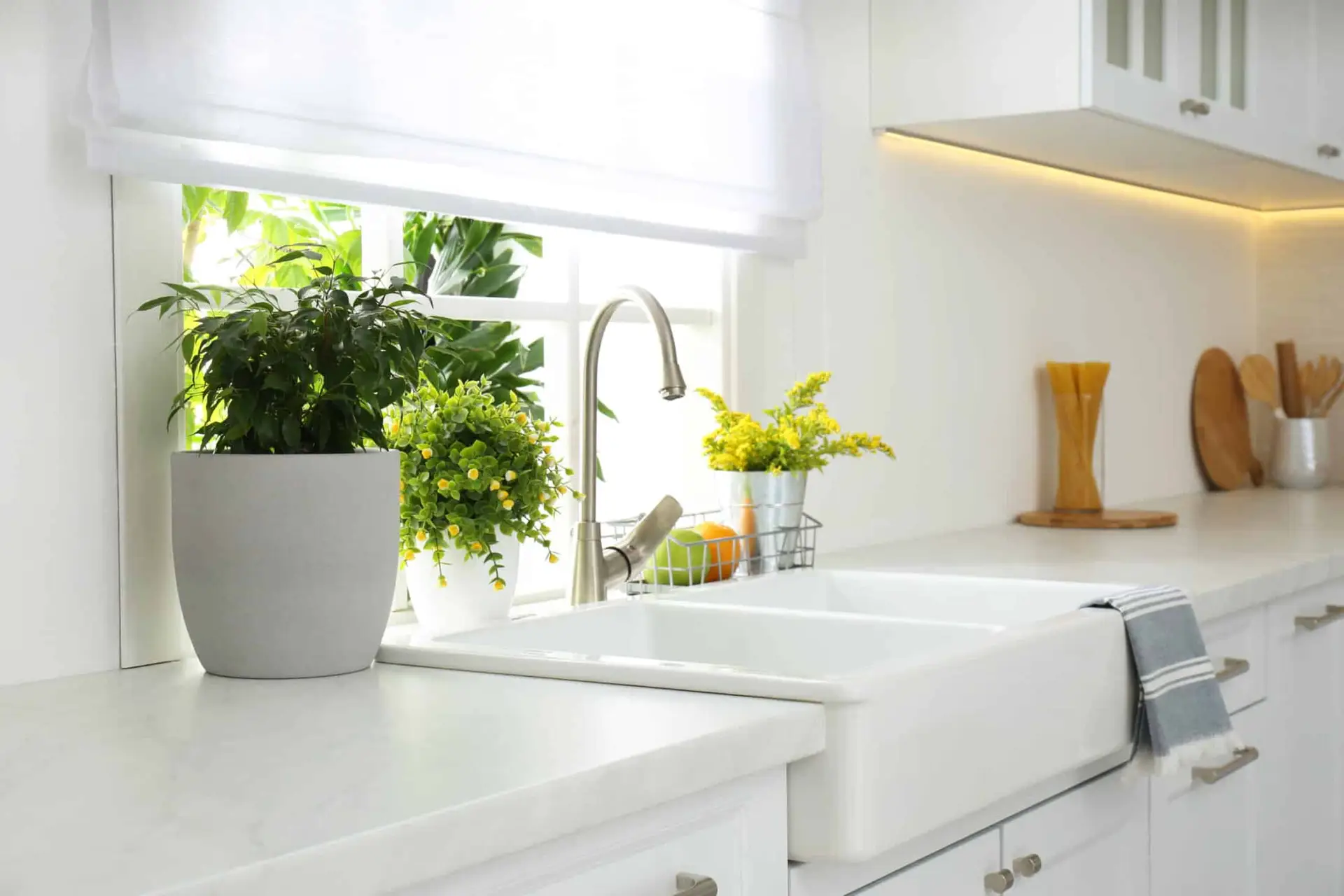When it comes to changing the look and feel of a room, nothing is more cost effective and immediately satisfying than painting it a different color. But many people are tentative and insecure about color, and will revert to the safety of a neutral (like beige) that can leave a room lifeless, even boring, and lacking any “personality.” And one of the biggest mistakes people make when selecting color is trying to brighten a dark room with light colored walls that only exaggerates how dark the room really is, especially when entered from an area with greater exposure to natural daylight. With all the magazines and TV shows focused on the latest trends and quick fixes, it can be difficult to know what colors will look best in your own house and where to start.
Naturally, an interior designer is your best bet. He or she can help you through the process of picking colors that enhance your furnishings and help create the mood and effect you want to achieve. In addition, a designer has a network of professionals to recommend that pretty much guarantees a quality workmanlike job because a designer’s painters are dependent upon pleasing the designer.
However, if you choose to go it alone, here are a few things to remember:
- Consider both the direction and quality of natural light; determine what exposures the room has and how much exposure. How big are the windows? Does the room get a lot of glare?
- Analyze how you really use the room and when and also the effect you’re looking to achieve.
- When painting several connecting rooms, know that sharing the same value is just as important (maybe more so) as the colors themselves, and try to use at least one common color throughout, for example on the woodwork.
- Prep, Prep, Prep all surfaces properly and lightly sand all woodwork to be repainted. Preparing surfaces is at least 80% of a good quality paint job.
- To avoid a chalky flat appearance and increase wipe ability, paint walls in an Eggshell finish and unless your woodwork is pristine, use a Satin finish instead of Semi-gloss.
- Lastly, buy a quality brand of paint and painting materials, which also means avoiding a 2-in-1 primer & paint color. Real primer is not paint and real paint is not primer. And don’t forget to purchase small sample cans so you can “test” some of each color on two adjacent walls before buying several gallons.
In the end, you may not save all that much money over hiring a professional but if you enjoy taking on such projects, following the above rules will help produce a rewarding experience and a happy result.






